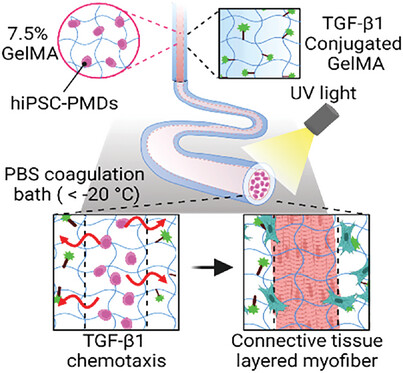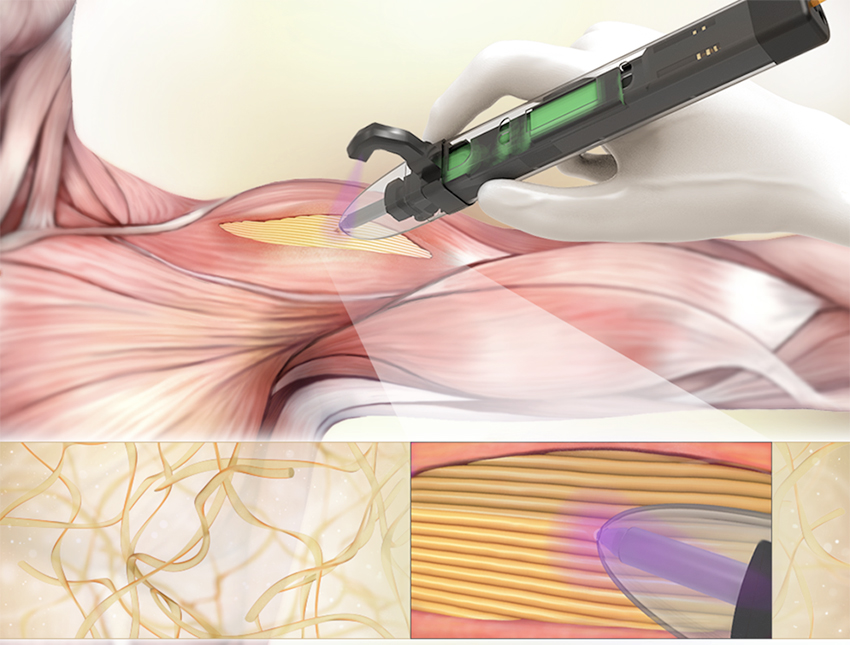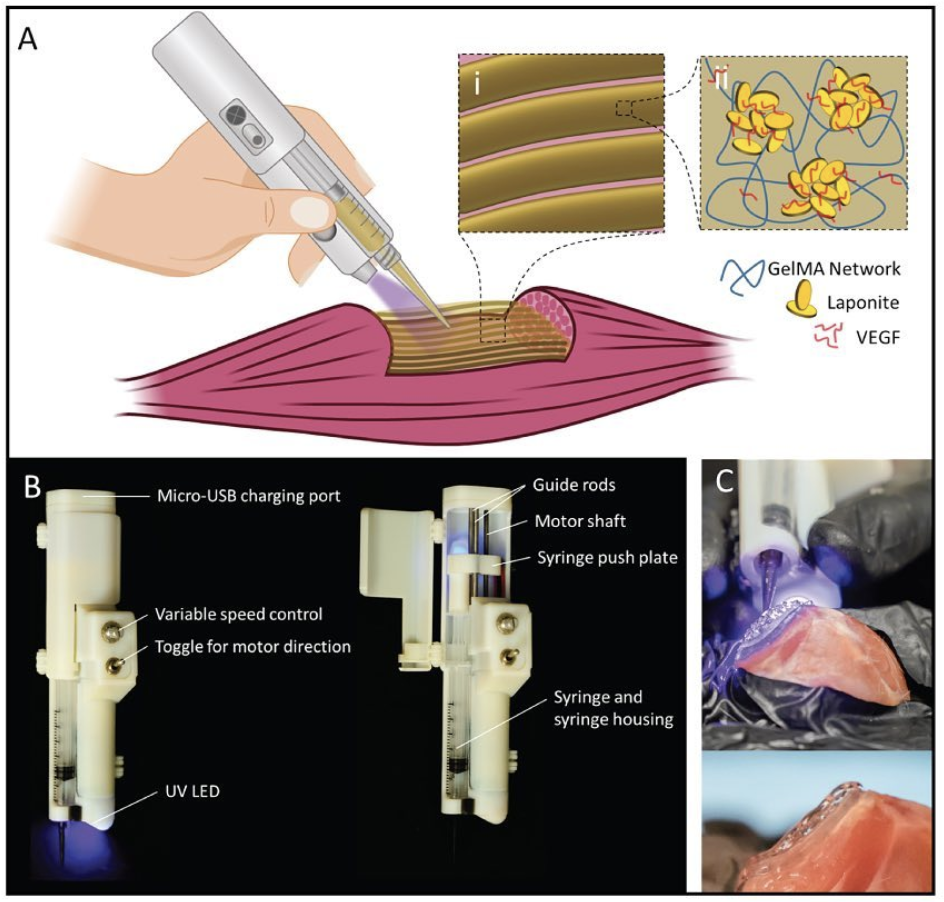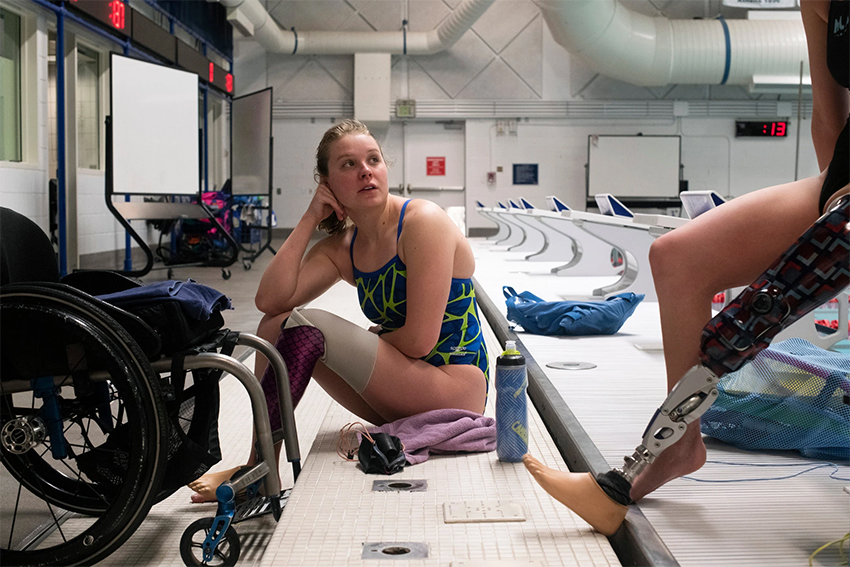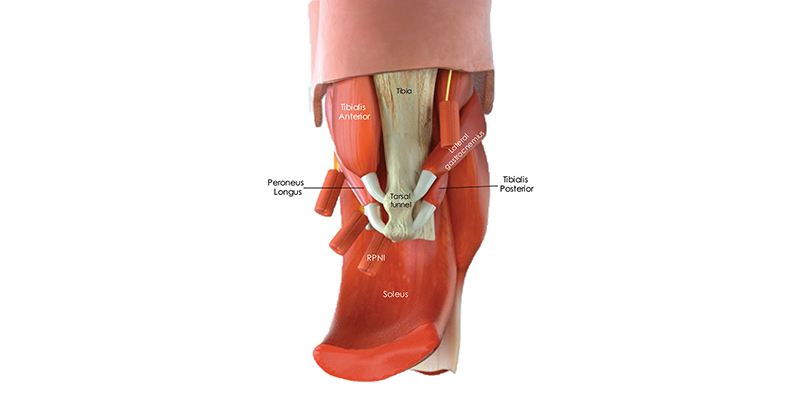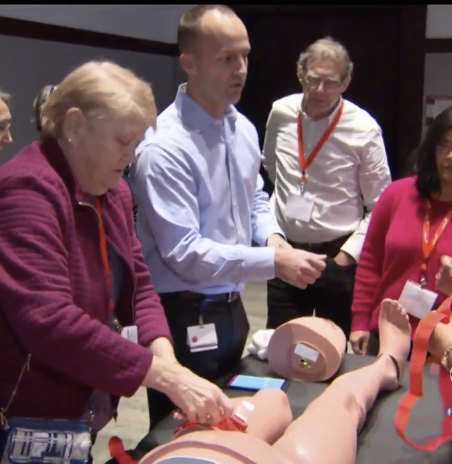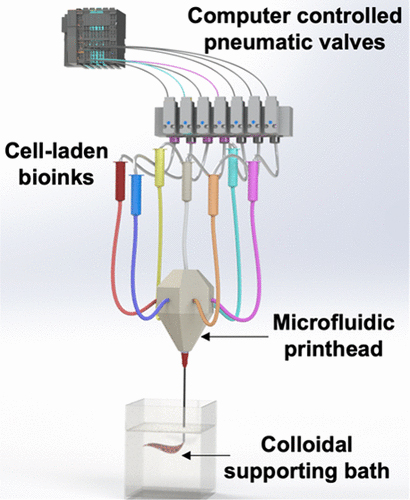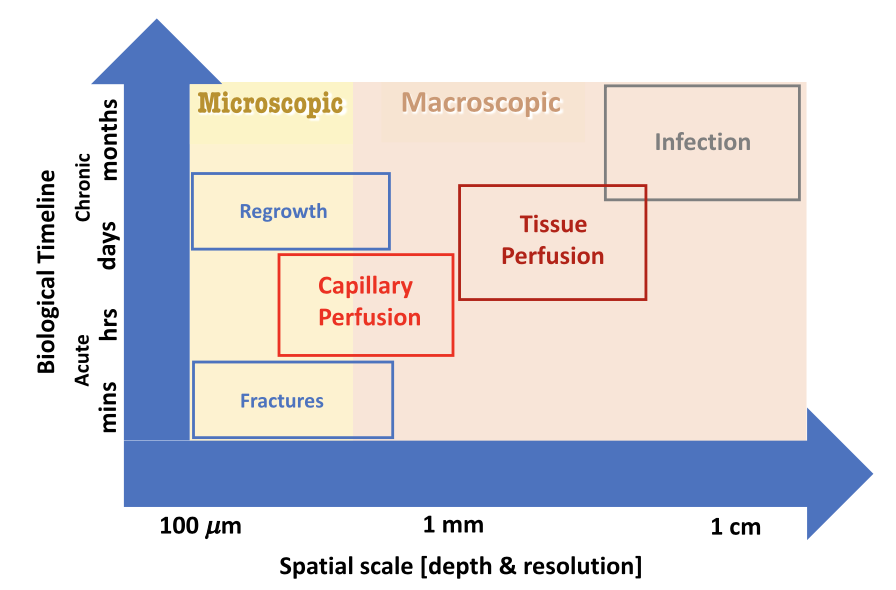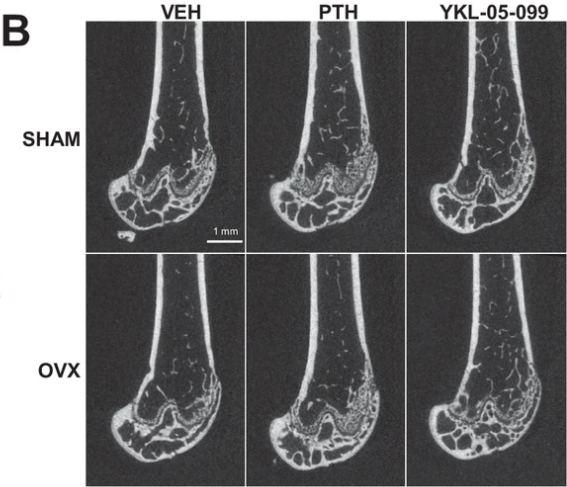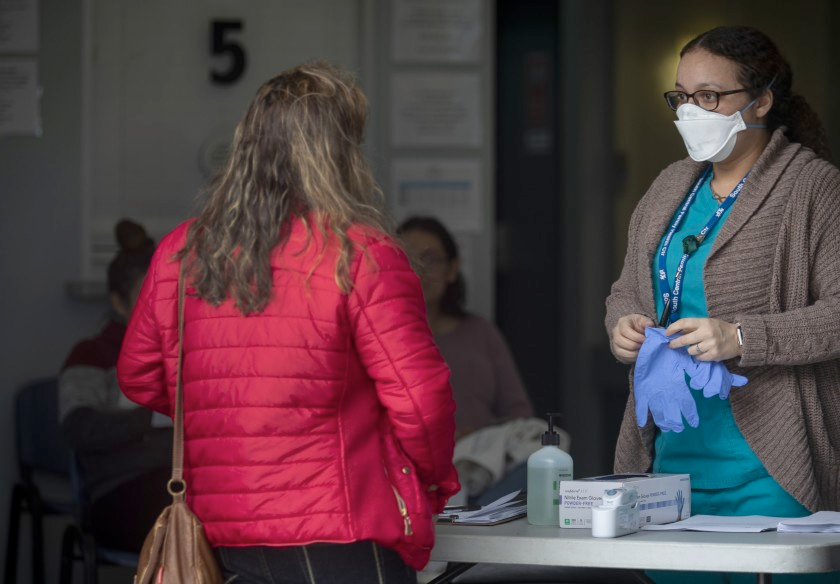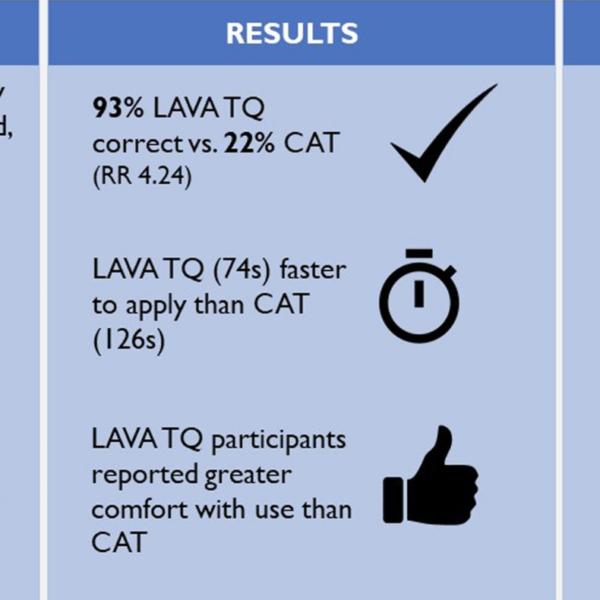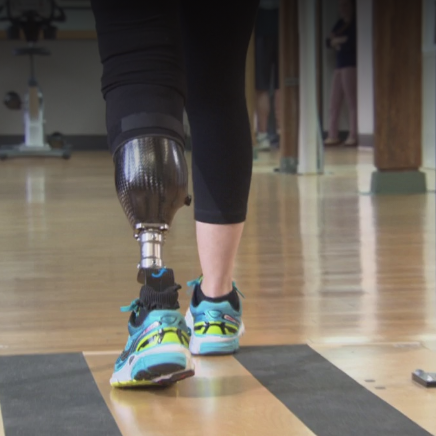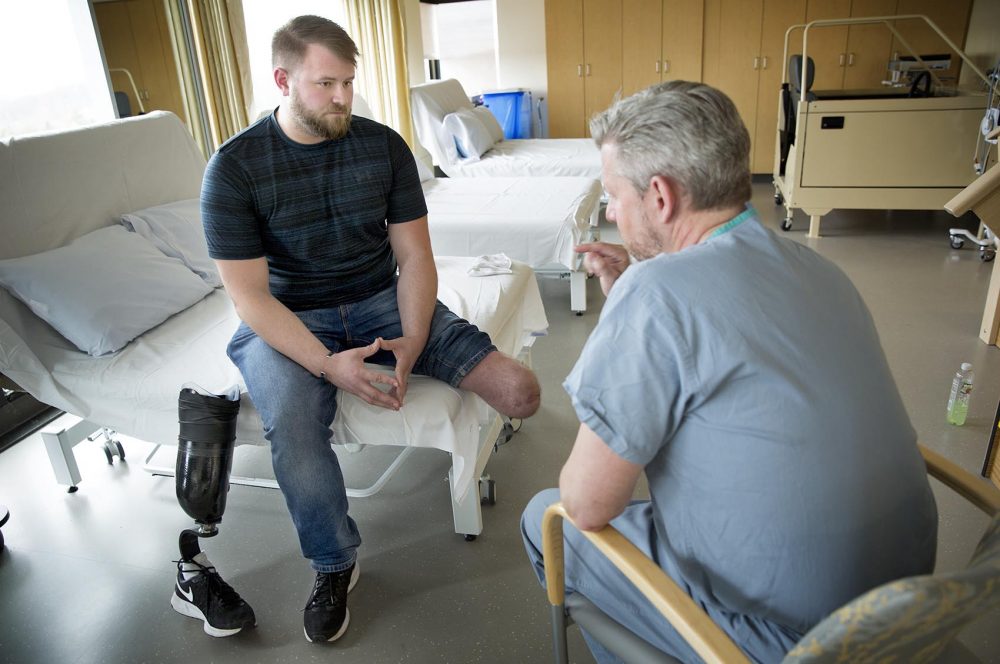Engineering Stem Cell Fate Controlling Biomaterials to Develop Muscle Connective Tissue Layered Myofibers
Engineering Stem Cell Fate Controlling Biomaterials to Develop Muscle Connective Tissue Layered Myofibers
Published by Advanced Functional Materials in the Wiley Online Library, read the newest paper by Stepping Strong Breakthrough Awardees, Su Ryon Shin (2020) and Indranil Sinha (2018), and Medical Executive Committee member, Olivier Pourquie.
Source: Advanced Functional Materials
Trending
New Study Shows Increase in Domestic Violence Injuries during COVID-19
Social distancing and lockdowns have negative impact on stressful domestic households Source: RSNA
Topological mechanics of knots and tangles
Why is it that some knots seem to hold tight while others readily slip apart? Source: AAAS
Comparison of Acellular Solutions for Ex-situ Perfusion of Amputated Limbs
Hypothermic ex-situ machine perfusion (MP) has been shown to be a promising alternative to static cold storage (SCS)…
Neural interfacing architecture enables enhanced motor control and residual limb functionality postamputation
Despite advancements in prosthetic technologies, patients with amputation today suffer great diminution in mobility and quality of life.…
Homeland Security ‘Stop The Bleed’ Initiative Aims to Improve Survival Rates
The Homeland Security Department’s Stop the Bleed initiative aims to turn bystanders into rescuers. Source: CBS
Tunable and Compartmentalized Multimaterial Bioprinting for Complex Living Tissue Constructs
Recapitulating inherent heterogeneity and complex microarchitectures within confined print volumes for developing implantable constructs that could maintain their…
Entertainments
Recent Posts
Engineering Stem Cell Fate Controlling Biomaterials to Develop Muscle Connective Tissue Layered Myofibers
Published by Advanced Functional Materials in the Wiley Online Library, read the newest paper by Stepping Strong Breakthrough Awardees, Su Ryon Shin (2020) and Indranil Sinha (2018), and Medical Executive Committee member, Olivier Pourquie. Source: Advanced Functional Materials
Opinion: Why we should all care about Black men’s mental health
According to the CDC, in 2020, suicide was the fourth leading cause of traumatic injury death for people under the age of 65. A CNN op-ed written by Keith Magee…
Bharti Khurana, MD, Awarded $3.2M NIH Grant to Develop Clinical Tool for Identifying Signs of Intimate Partner Violence on Imaging
Bharti Khurana, MD, was awarded a four-year, $3.2 million grant for her project “Making the Invisible Visible: An Automated Clinical Decision Support Tool for Intimate Partner Violence Risk and Severity…
The Untrained Public’s Ability to Apply the Layperson Audiovisual Assist Tourniquet vs a Combat Application Tourniquet: A Randomized Controlled Trial
Although the Stop the Bleed campaign’s impact is encouraging, gaps remain. These gaps include rapid skill decay, a lack of easy-to-use tourniquets for the untrained public, and training barriers that…
Doctors who work with Patriots hope Hamlin’s story inspires more people to learn CPR
Teams of trained first responders and readily available equipment dramatically improve the odds of survival when someone suffers a cardiac emergency during an NFL game at Gillette Stadium, but doctors…

